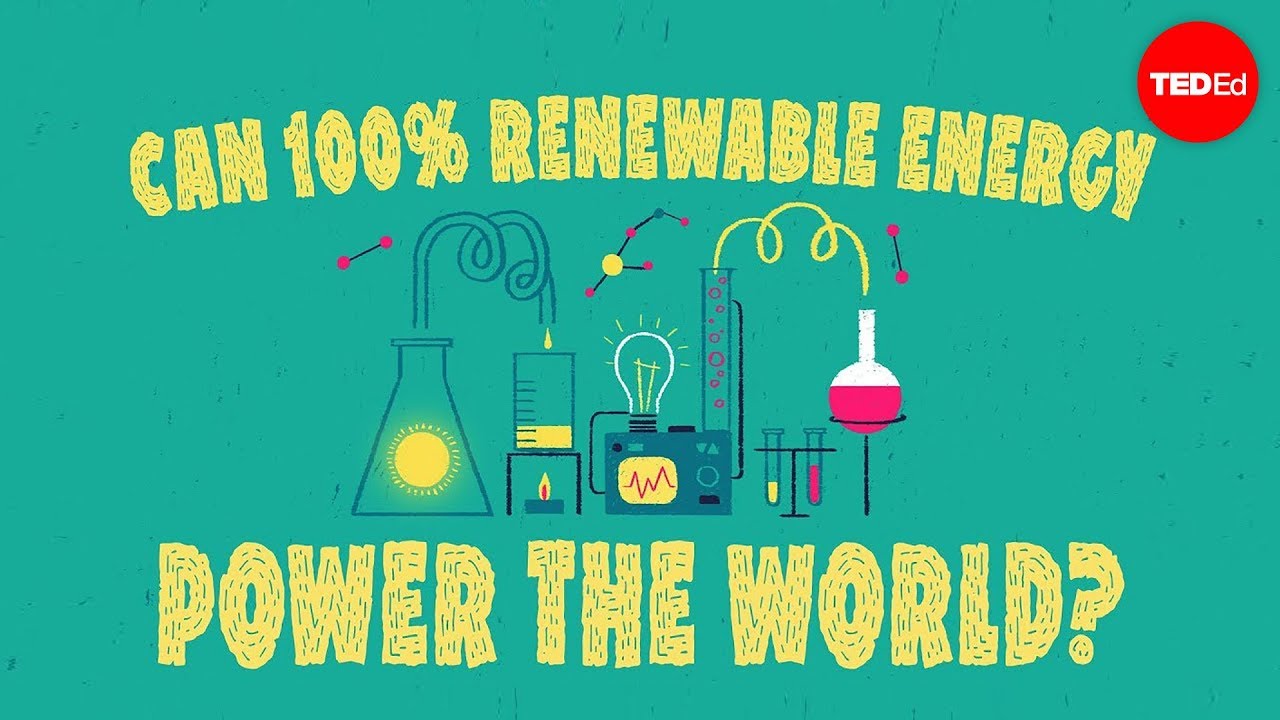Exploring the Challenges in Green Energy Innovation
In recent years, there has been a significant push towards adopting green energy solutions to combat the escalating effects of climate change. While the transition to renewable energy sources is crucial for a sustainable future, it is essential to understand the limitations and constraints that currently exist in green energy technologies. By unveiling these constraints, we can work towards overcoming them and accelerating the adoption of more efficient and effective green energy innovations.
The Need for Sustainable Energy Solutions
As the global population continues to grow, the demand for energy is escalating at an unprecedented rate. Traditional fossil fuels such as coal, oil, and natural gas have long been the primary sources of energy, but their environmental impact and finite nature have led to a growing urgency to shift towards renewable energy alternatives. Understanding the limitations of current green energy technologies is crucial for meeting the increasing energy demands while minimizing the carbon footprint and mitigating the effects of climate change.
Challenges in Renewable Energy Integration
One of the key challenges in the widespread adoption of renewable energy sources such as solar, wind, and hydropower is the intermittency of these sources. Unlike fossil fuels that can provide continuous power, renewable energy generation is dependent on factors such as weather conditions and sunlight availability. This intermittency poses a significant challenge in integrating renewable energy into the existing energy grid and ensuring a stable and reliable power supply.
Technological Constraints in Green Energy
While advancements in green energy technologies have made significant progress in recent years, there are still several technological constraints that need to be addressed. For example, the efficiency of solar panels and wind turbines can be improved to enhance energy generation and reduce costs. Additionally, the storage and distribution of renewable energy are areas that require further development to overcome challenges such as energy wastage and grid instability.
Policy and Economic Barriers
Aside from technological constraints, there are also policy and economic barriers that hinder the widespread adoption of green energy innovations. In many cases, regulatory frameworks and incentives may not be favorable towards renewable energy investments, making it challenging for businesses and individuals to transition to clean energy solutions. Addressing these policy and economic barriers is essential for creating a conducive environment for green energy development and deployment.
Overcoming the Constraints through Innovation
Despite the challenges and limitations that exist in green energy technologies, there is a growing momentum towards overcoming these constraints through innovation and collaboration. From the development of more efficient solar cells to the implementation of smart grid technologies, there are numerous opportunities to enhance the sustainability and reliability of green energy solutions.
Conclusion
In conclusion, understanding the limitations of current green energy technologies is essential for driving progress towards a sustainable energy future. By unveiling and addressing the constraints that exist in renewable energy integration, technological development, and policy frameworks, we can pave the way for a more efficient and effective transition to green energy innovations. It is through collaboration and innovation that we can overcome these challenges and create a more sustainable world for future generations.


